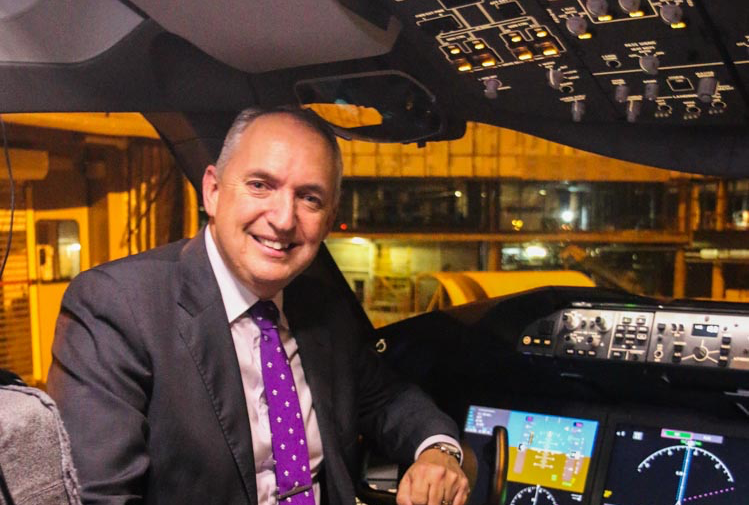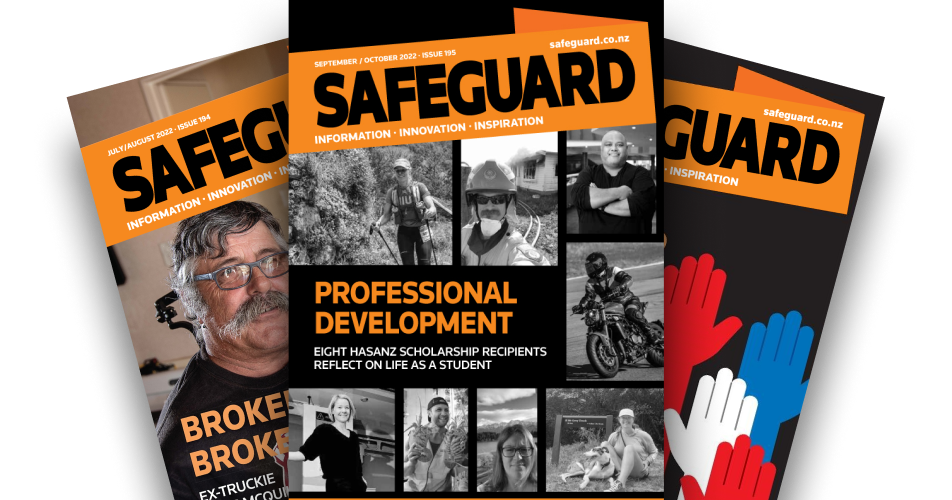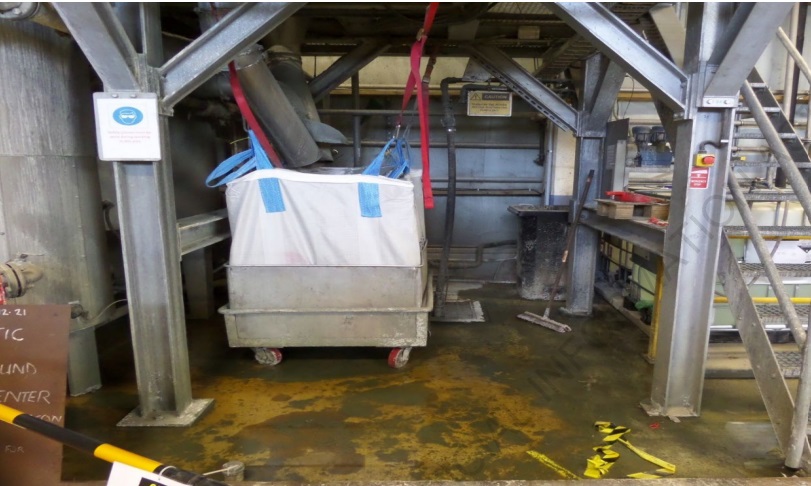When Captain David Morgan gets onto the flight deck of a Boeing 787, he gives his pilot colleagues a gift – an invitation to critique the airline’s chief pilot and call him out for any potential errors or at-risk behaviour.
“I might fly with the most junior pilot and it’s incumbent upon me to first of all ensure I give them the gift for them to be my critical friend on the flight deck and be able to criticise my performance,” he tells Safeguard.
Air New Zealand’s chief of operational integrity and safety, who won the Leader category at the 2023 NZ Workplace Health & Safety Awards, says this is normal behaviour in the airline and helps explain its safety record.
“I won’t take umbrage if they point something out to me that they don’t feel is appropriate. I’ll say thank you for the gift, and we’ll correct that and move on.”
It’s a part of the culture of safety that Air New Zealand prides itself on, though Morgan himself doesn’t like the term ‘safety’ on its own. He says it’s a word too easily used and one with overtones of compliance. He prefers the phrase ‘operational integrity’.
Operational integrity
“Good risk management can drive good commercial outcomes as well as safety. And you get compliance by managing safety well.”
He recalls coining the phrase operational integrity back in the 1990s. After Mt Ruapehu’s volcanic ash eruptions shut down a large swath of the aeronautical system, Morgan facilitated a trip to Alaska, taking along people from the Civil Aviation Authority, the Meteorological Service and others to talk to airline operators about how they handled volcanic ash. It resulted in a Concept of Operations document to help keep Air New Zealand flying through future eruptions – something the airline has since had to deal with twice.
“Both times we’ve kept flying where other airlines were not able to work out how to deal with that risk, and we were able to continue to run the business and treat the risk appropriately,” Morgan says.
“So that’s why I coined the phrase – the concept of operational integrity, good safety, good risk management, good safety outcomes driving good commercial and business outcomes. I’ve used that phrase ever since.”
The Concept of Operations document, he notes, means there is a playbook in place when the unexpected happens.
“That’s the trick, isn’t it? It goes to this concept of always looking over the horizon to see what’s coming towards you and making sure you have the systems and processes in place to ensure that you have the resilience and wherewithal to be able to deal with those.”
People + Operational
Everyday Air New Zealand faces critical risks across its air and ground operations, with around 12,000 staff and more than 100 aircraft to return safely home every day.
Morgan has been a famously calm constant at the airline for more than 38 years. He’s the chief pilot, he’s responsible for safety across the company, and he still loves to fly, getting onto the flight deck of a Boeing 787 about once every ten days.
Much of his career has been spent in upper management, moving from a focus on operational safety – which includes aircraft on the ground “with the intent of flight” – to taking on people safety as well.
He saw an opportunity to apply the same thinking used in operational safety to the people safety side of the business.
“Operational safety is really around recognising people’s behaviours, which is what Just Culture reflects, so we brought the two parts of the business together.
“There are things we can learn from people safety and there were things people safety could learn from operational safety. That’s why both of them sit in my part of the organisation.”
A reporting culture
Acknowledging that everyone makes mistakes is a key tenet at Air New Zealand.
“We all make mistakes, but if you can design a system that is tolerant of those, that’s how you make safety better.”
Systems are designed, promulgated, trained on and then checks are done to make sure the system is being used as anticipated, knowing that people will always tend to find better ways of doing things.
“We are always on the lookout for procedural drift. We have a system that goes back and analyses the behaviours and the performance. We can also do that in the aeroplane by downloading de-identified data so we can see how the aeroplane is being operated retrospectively.”
Morgan says the airline receives a significant number of safety reports every day, indicative of a healthy reporting culture: people saying they saw something, were worried about something, made a mistake, that something could have occurred, that something did occur.
“We have people self-reporting that they made mistakes. I don’t think there are many industries where you would see that happening.
“People know they are contributing to a safety outcome by acknowledging they made a mistake and there is probably a better way of doing it, so they tell the system and it will help prevent them doing it again – or stop their best mate making the same mistake.”
Safety is hard
So what does it mean to be a safety leader? Morgan says it means being visible, approachable, trusted, open, honest, and out and about in the business.
“That’s not just unique to me, you’ll often see members of the leadership squad in Air New Zealand actually in the business, walking in the shoes of our customers and our employees, our team, to actually help and support
Backing that up must be a safety system which accepts that things change and so is designed to be responsive to feedback.
“Safety is hard,” he acknowledges. “You can’t just write it down in a book and then let it go. You’ve always got to work hard at it.”
People very rarely set about to deliberately frustrate the safety system, he says. It’s a matter of making the system tolerant to people’s behaviours.
“If you can do that you will drive a high degree of safety outcomes, and if you get good safety outcomes you’ll get good business outcomes.”
He is quick to acknowledge the support of a large team with significant resources, but he worries about the backbone of New Zealand business – small and medium enterprises.
“It’s hard to do safety. You have to spend time thinking about it. About what is going to happen today and what could happen tomorrow.
“It must be very tough for organisations that don’t have the support they need to drive safety outcomes.”




